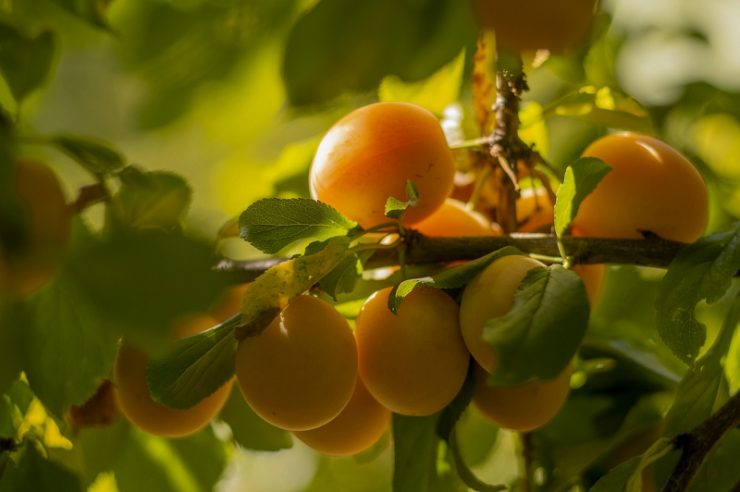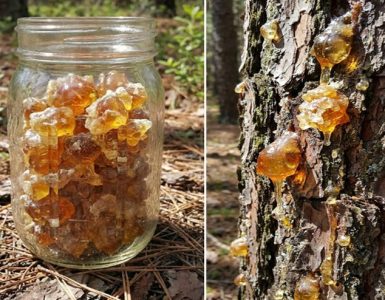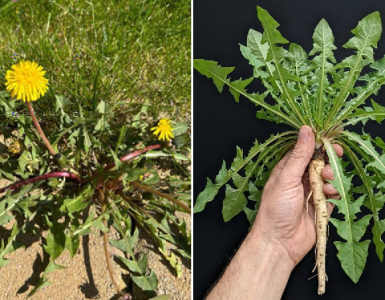Pruning apricot trees is essential for maintaining their health and ensuring a productive harvest. Proper pruning techniques help prevent overcrowding, extend the tree’s lifespan, and reduce the risk of diseases such as moniliosis. This guide will walk beginners through the best practices for spring pruning, including different types of pruning and step-by-step instructions for shaping a healthy apricot tree.
Why Pruning is Important for Apricot Trees
Apricot trees grow quickly and produce fruit on young wood, which means regular pruning is necessary to maintain a balanced structure. Without annual pruning, the tree can become too dense, making it more vulnerable to disease and reducing fruit quality. Pruning helps:
- Control the size of the tree for easier maintenance
- Encourage new growth for better fruit production
- Improve airflow and sunlight penetration
- Prevent diseases by removing weak or infected branches
Types of Pruning
Rejuvenation Pruning
Rejuvenation pruning is necessary when the tree’s annual growth is less than 20 centimeters. This method involves reducing the height of the tree by one to one and a half meters and shortening skeletal branches to encourage fresh growth.
Formative Pruning
Formative pruning shapes the tree’s skeleton and crown, ensuring balanced growth. The technique varies based on soil and climate conditions, but it generally involves thinning and shortening branches to create a strong structure.
Sanitary Pruning
Sanitary pruning is the simplest type and focuses on removing dead, broken, or diseased branches. It is crucial for preventing problems caused by pests and diseases such as black cancer, bark beetles, and cytospora.
Best Techniques for Spring Pruning
Many gardeners prefer a cup-shaped crown for fruit trees, but this is not ideal for apricots due to their strong growth. Instead, a sparse-layered crown provides better results by allowing more light and air to reach the inner branches.
Step-by-Step Pruning by Year
First Year
- Cut the seedling to the height of the first tier.
- Use a semi-stemmed approach by shortening the trunk to 40-50 centimeters.
Second Year
- Remove all but four well-spaced branches around the trunk.
- Ensure branches are at least 10 to 15 centimeters apart.
- Shorten the first-tier branches to match the height of the weakest one.
- Reduce the height of the central leader slightly.
Third Year
- Develop the second tier by selecting two skeletal branches positioned 70-100 centimeters above the first tier.
- Arrange them carefully to prevent excessive shading of lower branches.
Fourth Year
- Form the third tier by selecting two additional branches 60-80 centimeters above the second tier.
- Cut back the central leader to a ring to establish the final tree shape.
Fifth Year and Beyond
- Remove vigorous shoots that grow inward.
- Shorten tall branches to maintain a manageable height.
- Thin out dense areas to improve air circulation.
- Perform regular sanitary pruning to keep the tree healthy.
Additional Pruning Tips
- Avoid excessive branch shortening in young apricot trees, as rapid canopy growth promotes earlier fruiting.
- Always keep the central leader at least 15 centimeters taller than surrounding branches to maintain the tree’s shape.
- Prune annually to prevent the need for major cuts on older branches, making maintenance and harvesting easier.
By following these techniques, you can cultivate a well-structured apricot tree that produces abundant, high-quality fruit year after year. Regular pruning ensures a healthier tree and a more manageable growing experience.






Add comment